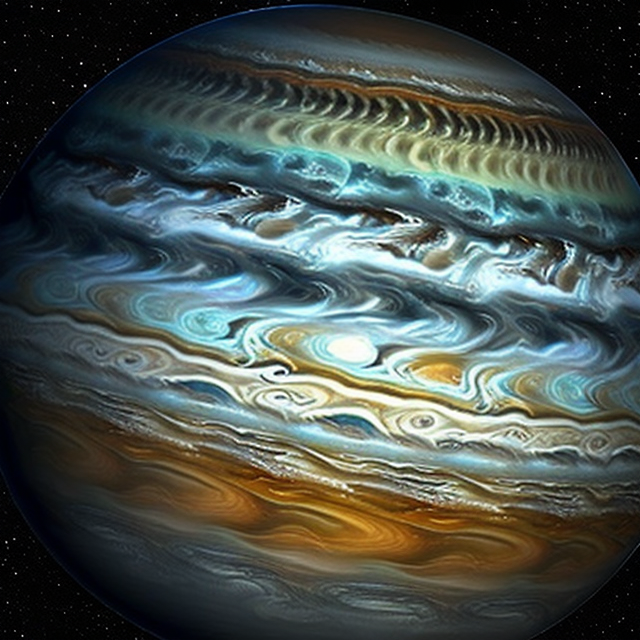|
|
Space Astro
|
Info for exoplanet "Ryogyo Pucha"
| Scientific (actual) data |
|---|
| Name | HD 155193 b |
| Planet status | Confirmed |
| Mass sini | 0.75 |
| Orbital period | 352.65 |
| Semi major axis | 1.04 |
| Orbit eccentricity | 0.21 |
| Discovered | 2021 |
| Updated | 2025-07-26 |
| Omega | 62.88 |
| Tperi | 2457590 |
| K | 19.51 |
| Publication | Published in a refereed paper |
| Detection type | Radial Velocity |
| Mass measurement type | Radial Velocity |
| Star name | HD 155193 |
| Right ascension | 257.42° |
| Declination | 10.04° |
| Mag v | 7 |
| Star distance | 57.9 |
| Star metallicity | 0.05 |
| Star mass | 1.22 |
| Star radius | 1.76 |
| Star sp type | F8IV |
| Star temperature | 6239 |
| Wikipedia article | HD 155193 b |
Back
| |
| Fictional info (?) |
|---|
| Suggested name | Ryogyo Pucha |
| Planet type | Cold planet |
| When viewed from Earth, this proximity to HD 155193 means the planet can only be seen near the western or eastern horizon during the early evening or early morning.
It has the densest atmosphere of the two cold planets, consisting partly of hydrogen deuteride (HD). . |
| Atmosphere | Hydrogen deuteride (HD) | 61% |
| Ozone | 36% |
| Molecular hydrogen | 2.5% |
| Atmospheric pressure | 100 bar |
 |
| Moon | Ripeho-myakyo | Huge potato shaped rocky asteroid |
| Google search for Ryogyo pucha |
|
Website by Joachim Michaelis
|
|
|
|